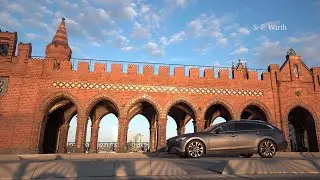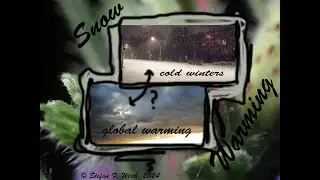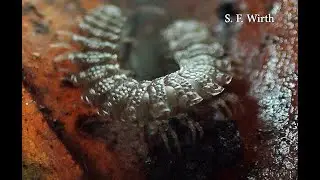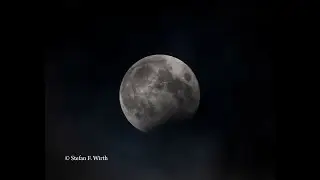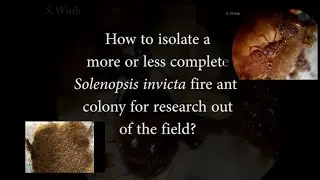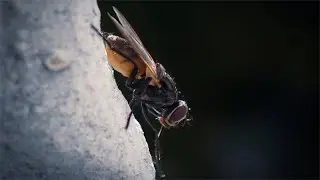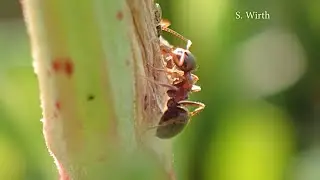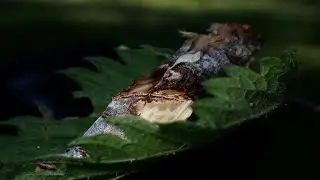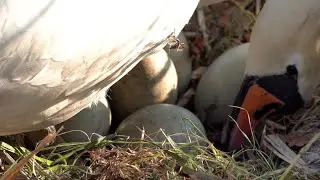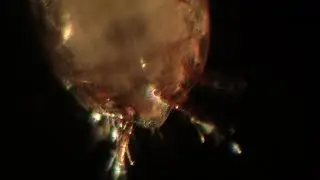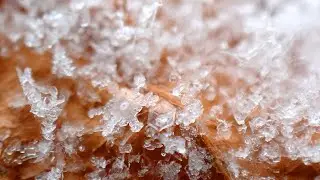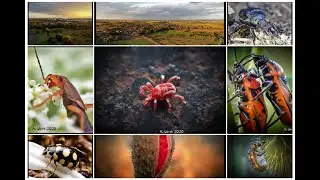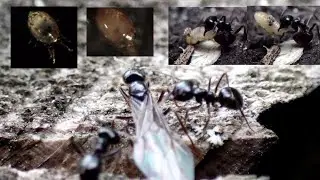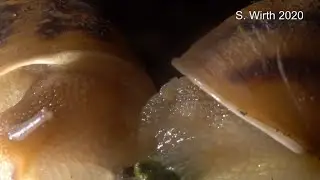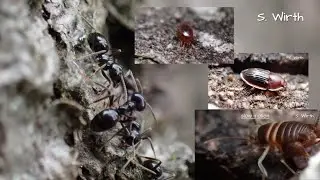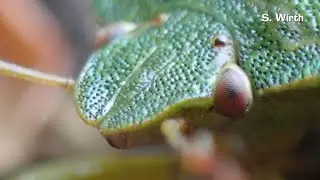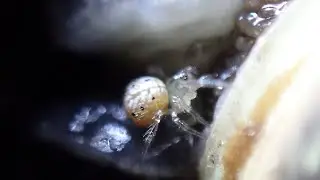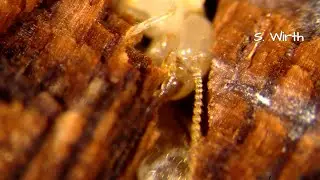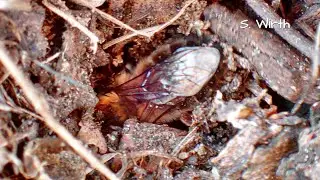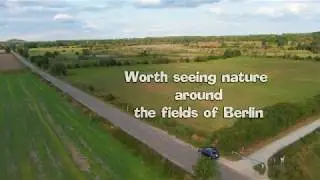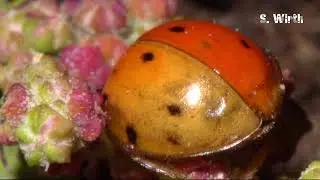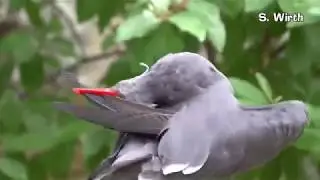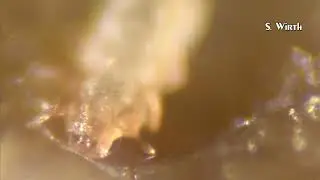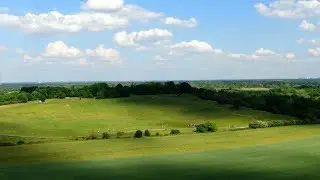Ant L. fuliginosus: Winged alates and insect/mite nest cohabitants
Ants usually reproduce via mating flights. So also the black wood ant Lasius fuliginosus, whose nest I discovered in the Berlin urban park "Rehberge", where it was (and is) located in the depth under a spruce tree stump. I filmed them under favorable (climatic) for mating flights.
In some cases workers needed to force them to stay out. This behavior is well visible in my film.
Do ants live alone inside their nests? No, not at all. Numerous non-ant-organisms are adapted in living with them, using all kinds of tricks to be not attacked by the ant workers. A known example is the beetle Amphiotis marginata. Where do they reproduce, where does the offspring lives and develops? Semingly according to science and researcher Prof. B. Hölldobler still partly unknown. I also cannot contribute much. But: An undetermined larva of the same family, Nitidulidae, was found to be active under fruit bodies of the fungus Trametes versicolor on the nest top, adjacent to a beetle pupa (not known, whether the same species or family). When exposed to the ant trail near the fungus, the nitidulid larva was attacked, but not caught and was seemingly sufficiently defensive without a visible activity, thus may be chemically. The behavior is visible in my footage. The pupa in contrary was caught and carried away by the ant workers.
Numerous other insects, many mite species and nematodes inhabit ant nests. But some might just occasionally get in contact with a "suddenly" forming ant nest colony, being remnants may be from former conditions, and nevertheless persist the passing ants on their crowded trails. Two species of mites of the Astigmata seemed to belong to that kind of cohabitants.
According to the visible different galleries of bark attacking insects, it is assumed that this was the way, how these mites came to their place on the inside of the (still partly well intact being) bark of the spruce stump, may be indicating that it was not too long ago felled down. Most conspicuous were the irregular shaped galleries of the bark beetle Dryocoetes autographus (Scolytinae), partly still equipped with remnants of dead beetle individuals. As typical secondary bark infesting insect, this beetle prefers harmed or dead wood. And might have been there already before or while the ant nest grew.
The mites were found free or attached to a wood insect on: the inside of the bark, which the ants use as major trail to access their main nest in the depth, means much ant fluctuation. But there was no clear indication for a direct phoretic interaction with the ants, because species one was only found as one deutonymph attached to another insect host, species 2 in different instars, rather no further ant-transport necessary.
Species one: a deutonymph on an undetermined beetle larva, later isolated and filmed via light microscope in motion. Seemingly belonging to Acaridae.
Species two: two or three free deutonymphs and two tritonymphs close to bark beetle remnants, being Histiostomatidae, seemingly Histiostoma dryocoeti Scheucher, 1957. Due to the filming activities and the few mites, no slides were prepared, determinations are based on light microscopic footage and photos of living (thus not cleared) individuals. Scheucher's description is bad and lacks juveniles, males and the female's dorsum, the deutonymph's drawing is almost sketch-like. Already for that reason, I determine my mites as Histiostoma cf. dryocoeti. being determined basically based on the deutonymph. Also because I could not see all important deutonymphal details, but the shape (smurf-house-roof-shaped, dorsal view) of the proterosoma, the entire body proportions, the pattern of dorsal setae (as far as visible on the photos) and especially their shape (like typically for bark-beetle-histiostomatids more or less directed forewards, but distinctly shorter than normally) as well as the leg shapes (distal end similar to Scheucher's drawings) and the rather small rounded suckerplate and the short palposoma (ending with or before dorsal proterosoma) fit more or less to her description. The seemingly corresponding tritonymphs were not described by her, but according to my research fit at least to bark-beetle-species (dorsal structures). But paired posterior elongations are visible and might (not necessarily) indicate similar structures in adult females too, while Scheucher doesn't show the female dorsum at all and just writes "no special features existing" about it. Thus the tritonymphal morphology forces me to name the species with "cf." even more. The tritonymphal mouthparts (palparmembrane) seemingly show lateral elongations (almost fitting to Scheucher's description).
I filmed on one day directly on the nest, mites were recorded the same day and subsequent days (end May, beginning June)at home using a light microscope with upper light and a stereo microscope.
Berlin, December 2020, copyrights Stefan F. Wirth
Смотрите видео Ant L. fuliginosus: Winged alates and insect/mite nest cohabitants онлайн, длительностью часов минут секунд в хорошем качестве, которое загружено на канал Stefan F. Wirth 17 Декабрь 2020. Делитесь ссылкой на видео в социальных сетях, чтобы ваши подписчики и друзья так же посмотрели это видео. Данный видеоклип посмотрели 190 раз и оно понравилось 6 посетителям.

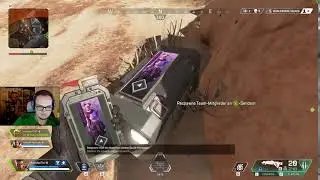

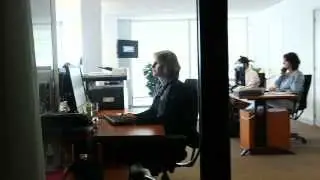

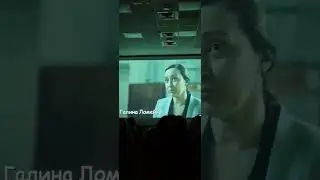
![Drake - Club Paradise [Extended]](https://images.reviewsvideo.ru/videos/OuFh_a9qcwg)

